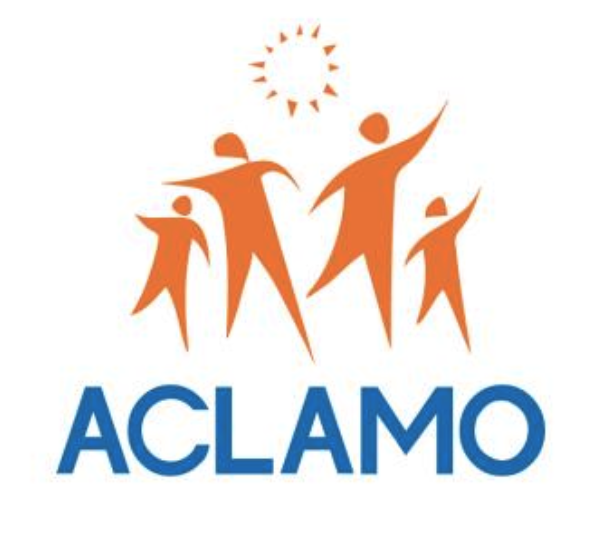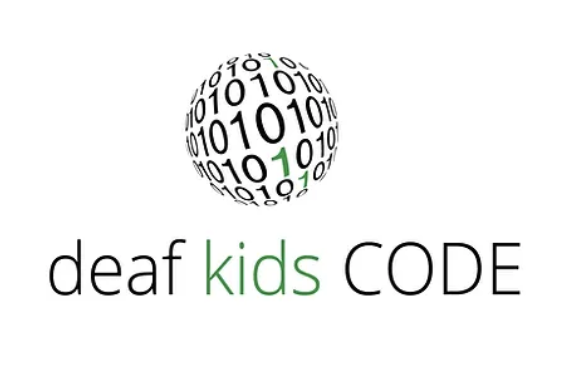In partnership with K12 teacher research fellows and our partner organizations, IoT4Ag has developed a suite of lesson plans and activities designed to build bridges to enhance curriculum and build student interest, enthusiasm, and awareness in STEM to address the societal grand challenge of food, energy, and water security. The activities and lesson plans below have been designed to be used in IoT4Ag outreach activities as well as for implementation in K12 classrooms.
If you use any of these materials or have feedback on how they can be improved, please complete this feedback form.
If you have other questions, concerns, or ideas for future activities, please reach out to us at iot4ag@seas.upenn.edu!
Have you or your institution used these materials? Please use this form to help us understand how our K12 education materials are being implemented and how they can be improved. Thank you in advance!




© 2024 Internet of Things for Precision Agriculture | Website by WRIS Web Services